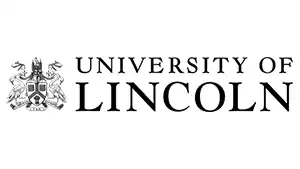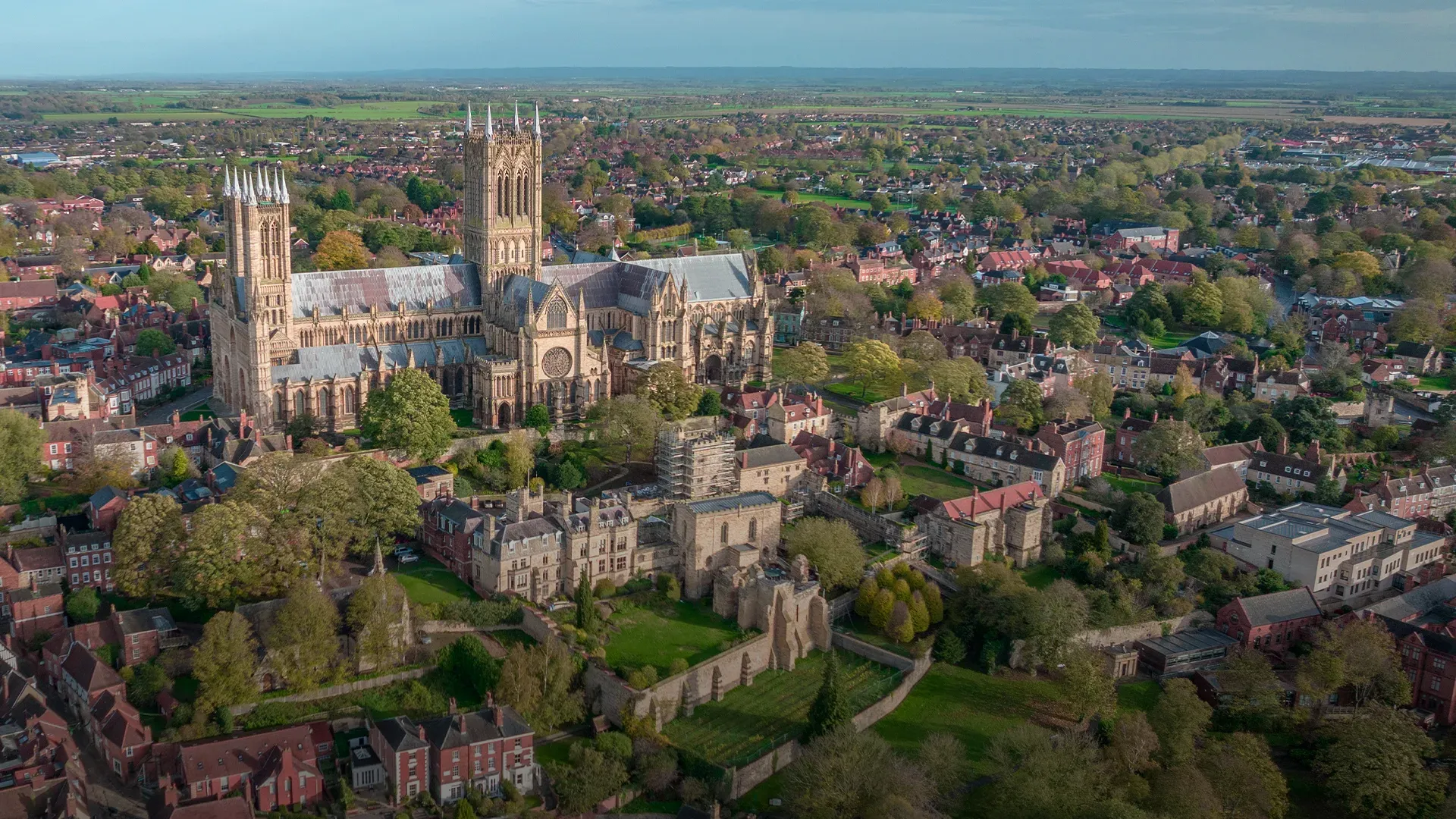Discover Lincolnshire
From the People That Live Here
Seen in




Discover Lincolnshire, with its rich history, vibrant market towns, rolling Wolds, and beautiful coastline
Whether you’re a local Lincolnshire Yellow Belly or you’re planning your first visit to our county, we’re here to guide you through everything Lincolnshire has to offer.
Receive our latest articles in your inbox
[ Insert your subscription form here ]
Explore Lincolnshire
Lincolnshire is one of the largest yet most unchartered counties. With its rolling landscape of the Wolds, our award-winning coastline. and a whole host of landmarks and destinations, the county really does cater for all.
Explore LincolnshireExplore Lincolnshire
Whether you’re a local Lincolnshire Yellow Belly or you’re planning your first visit to our county, we’re here to guide you through everything Lincolnshire has to offer.

Featured Articles
Things to Do at Lincoln Cathedral: A Complete Visitor’s Guide
Lincoln Cathedral is much more than a historical landmark. It’s a place where history, culture, and community come together. Whether …
9 Things Lincoln Cathedral is Famous For
Our cathedral is a fascinating place. If you’re wondering, ‘What is Lincoln Cathedral Famous For?’, here are some facts you might find interesting.
Lincoln Cathedral History: A Timeline of 950 Years
Lincoln Cathedral has been a centrepiece of English history for almost a millennium. Here’s a look at the timeline of Lincoln Cathedral’s remarkable history.
Lincoln Cathedral Guided Tours
Step into Lincoln Cathedral’s 950-Year History with an expert guided tour. These tours are popular and fill up fast, so book your place to avoid missing out.
9 of the Best Hotels Near Lincoln Cathedral
Here are 9 of the best hotels near Lincoln Cathedral. From luxury stays to guest houses with historic charm. There’s something for everyone.
Car Parking Near Lincoln Cathedral
Find car parking near Lincoln Cathedral. We have listed all the car parks starting with the closest. Including disabled and EV parking spaces.

